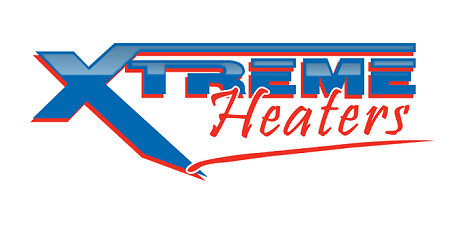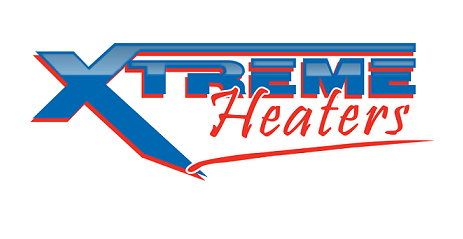Challenges of Operating aircraft in the Arctic FREEZE

Operating in the Arctic presents several unique challenges for the RCAF's Twin Otter aircraft. The extreme cold temperatures can cause severe issues such as engine oil thickening, battery failures, and the freezing of critical hydraulic systems. Additionally, the harsh climate can lead to condensation and ice buildup on vital components, risking the integrity and performance of the aircraft. These challenges not only hinder operational efficiency but also pose significant safety risks to the crews.
How Xtreme Heaters Overcome These Challenges
Xtreme Heaters play a crucial role in mitigating the effects of the Arctic's harsh conditions. Here’s how they contribute to the RCAF's mission success:
Avionics: The use case for the RCAF's mission is to protect the equipment in the avionics bay. Preheating this bay ensures that the equipment in the nose of the aircraft is ready for the mission at hand and reduces the possibility of equipment failure due to extreme cold temperatures where the aircraft is based.
Engine Preheating: Other customer have found that Xtreme Heaters are a good option to preheat the engines of small aircraft, ensuring that the oil remains at an optimal viscosity for starting and running. This prevents engine wear and reduces the risk of mechanical failure during operations. Since our heaters cannot ignite fumes, they are a safe option to install in the engine cowling.
Battery Warming: Batteries lose efficiency and capacity in cold temperatures, but Xtreme Heaters keep them warm, ensuring they deliver the necessary power for reliable starts and operation of electronic systems.
Hydraulic System Protection: The heaters ensure that hydraulic fluids remain at a suitable temperature, preventing them from thickening and maintaining the proper functioning of control surfaces and landing gear.
Cabin Preheating: Maintaining a cabin temp in the 40's to 50's in an unheated hangar or outside tie down keeps the cabin ready to go. Pilots can focus on their checklist and preflight without the distraction of extreme cold.
Benefits of Xtreme Heaters for the RCAF
By incorporating Xtreme Heaters into their operations, the RCAF experiences several significant benefits:
Enhanced Aircraft Reliability: Consistent and reliable heating of critical components reduces the likelihood of electronic failures, ensuring that the Twin Otter aircraft are mission-ready at all times.
Cost Savings: Preventing damage from cold-related issues reduces maintenance costs and extends the lifespan of aircraft components, resulting in significant cost savings for the RCAF.
Operational Flexibility: With the assurance that their aircraft can operate in extreme conditions, the RCAF can plan and execute missions with greater confidence and flexibility, knowing that their equipment will perform reliably.
Conclusion
The Royal Canadian Air Force’s operations in the Arctic are demanding and require equipment that can withstand some of the harshest conditions on the planet. Xtreme Heaters provide the necessary protection to ensure the RCAF's Twin Otter aircraft can operate safely and efficiently, regardless of the extreme cold. By safeguarding critical components and enhancing crew safety, Xtreme Heaters play an indispensable role in the success of the RCAF’s Arctic missions. Their reliability and effectiveness make them a vital asset, enabling the RCAF to fulfill its mission objectives and maintain operational readiness in one of the most challenging environments in the world.




